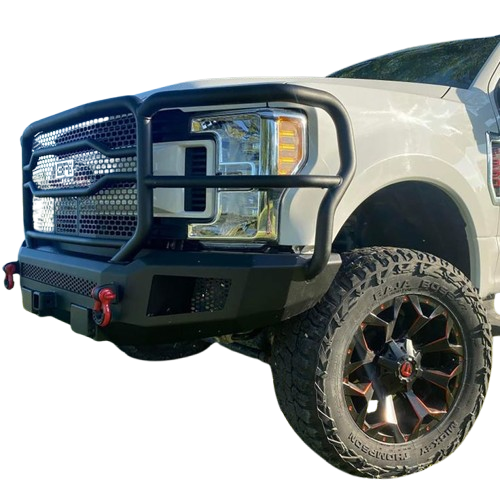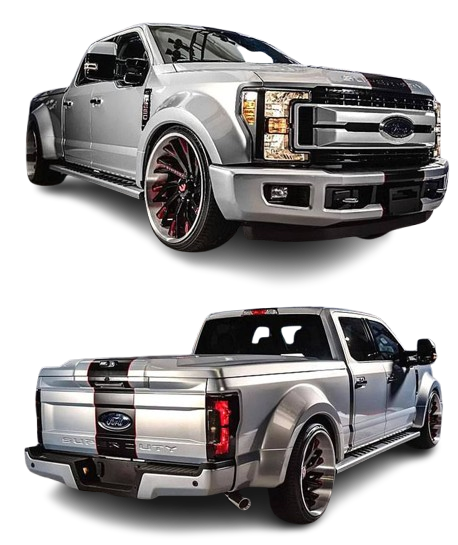Finding the correct replacement parts for your vehicle can be a daunting task, especially with the multitude of options available today. This guide will help you navigate the process of identifying the right parts, ensuring optimal performance and compatibility with your vehicle.
1. Know Your Vehicle’s Specifications
Start by gathering essential information about your vehicle, including:
- Make and Model: This identifies the manufacturer and specific model of your car.
- Year: The production year is crucial for finding parts that fit correctly.
- VIN (Vehicle Identification Number): This unique code can often provide detailed information about your vehicle’s specifications.
2. Understand the Types of Parts
Familiarize yourself with the different types of auto parts:
- OEM Parts (Original Equipment Manufacturer): These are made by the vehicle’s manufacturer and typically offer the best fit and quality.
- Aftermarket Parts: Produced by third-party companies, these parts can vary in quality and price. Research the brand reputation and reviews before purchasing.
- Used Parts: Salvaged from other vehicles, these can be cost-effective but require careful inspection for wear and damage.
3. Use Online Tools and Resources
Leverage online resources to aid your search:
- Part Finder Tools: Many auto parts websites offer tools where you can input your vehicle’s information to find compatible parts.
- Online Catalogs: Browse online catalogs or databases that provide detailed listings of parts based on your vehicle’s specifics.
4. Check Compatibility
When you find a potential replacement part, ensure it is compatible with your vehicle:
- Part Numbers: Cross-reference the part number with your vehicle’s manual or online databases to confirm compatibility.
- Specifications: Check dimensions, materials, and other specifications to ensure the part will function as intended.
5. Read Reviews and Ratings
Before purchasing, read customer reviews and ratings for the parts you’re considering. Look for feedback on:
- Fitment: Ensure previous buyers confirm that the part fits as expected.
- Performance: Review comments on how well the part performs after installation.
6. Consult Professionals if Needed
If you’re unsure about your choice, consider consulting a professional mechanic or an automotive expert. They can provide insights based on their experience and help you make informed decisions.
7. Purchase from Reputable Sources
Always buy replacement parts from reputable retailers or manufacturers:
- Trusted Auto Parts Stores: Look for well-known stores or websites that specialize in auto parts.
- Warranty and Return Policies: Check if the parts come with a warranty and understand the return policy in case the part doesn’t fit or function properly.






One comment
[…] Worn Tires: Inspect tire tread depth and check for uneven wear, which may signal alignment issues. […]